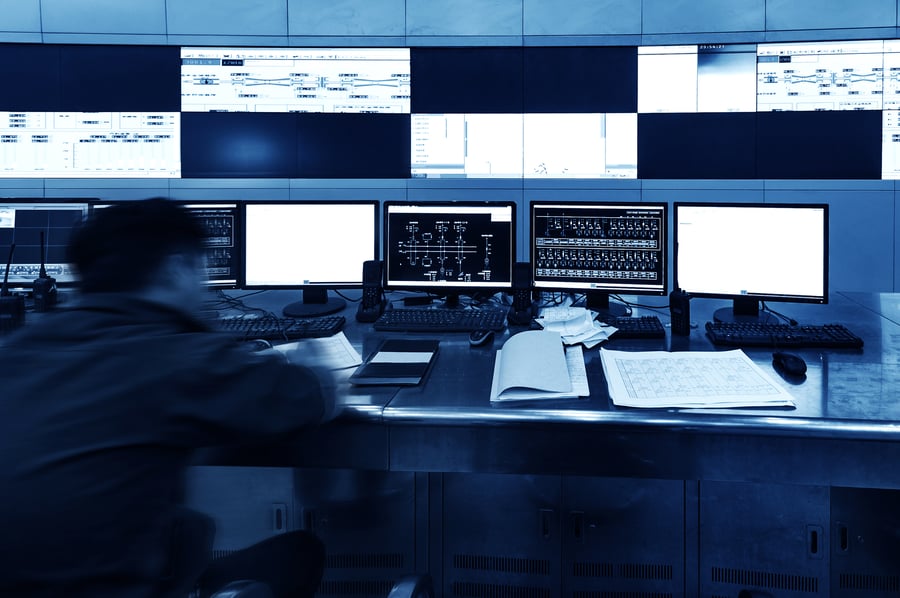
The rationale for using control rooms goes way beyond that of ensuring a business is getting the most out of its staff; control rooms are central to ensuring alarms are managed and escalated effectively when a safe working environment is at risk. So what happens when the ability to respond appropriately is hampered by failures to quickly identify issues or escalate to response teams in enough time to remedy the situation? With so many technological solutions now readily available and easily adopted, does the continued reliance on manual alarm management processes still make sense or are there more effective alternatives?
Control room challenges
Control rooms are seen as an effective alternative to relying on machine operators or other workers to raise the alarm when a machine or value fails within a production process. An operator monitors a screen to see when an alert is indicated, but this is not fool proof. In industries where hundreds of minor alerts might be presented daily, operatives often find it difficult to make the distinction between minor alerts and those that are critical – potentially delaying a response to an urgent incident. Human error also comes in to play, particularly if operatives work long shifts.
Raising the alarm is, often, no more straightforward. Important time can be lost while operatives contact response teams. Imagine a crisis situation at a food production company in which an oven on their production line is getting too hot and is nearing its maximum threshold limit. Every second counts to protect the contents in the oven if the incident isn’t dealt with immediately. But with inefficient alarm management processes, by the time the team has been alerted, too much time may have elapsed thereby overcooking and spoiling the contents in the oven. Not only does this increase waste costs for the production company but wastes time too as the process has to re-start all over again from scratch.
The cost of staffing a control room can also be prohibitive. Multiple operators will be required to cover the day shifts but if the organisation is in constant operation, additional staff will also be required to man the control room for the night shifts. What about cover for annual leave, or staff sickness? What about those businesses with multiple sites? The number of operators required can quickly add up. For this reason, many businesses employ Alarm Receiving Centres (ARC) to monitor out of hours alerts. ARCs monitor operations in real time and respond when required. But managing incidents from an external location can be challenging, and often they will do no more than forward the alert information back to the customer to manage – thereby merely acting as a costly answering service.
Conclusion
So what’s the alternative? Automation has been touted as the key to prioritising effectively and escalating appropriately. In the case of machine malfunction or when a vulnerable lone worker is at risk, the ability to react quickly with the appropriate response will not only determine the scale of the business impact, it will keep workers safe. Easy to adopt modern technological solutions can be used to automate alarm and monitoring solutions and have
the potential to vastly increase productivity, protect lone workers and reduce the risk of damage to machinery. These solutions can monitor patterns to indicate if and where future problems may arise, allowing businesses to focus their energies where they are needed most.





